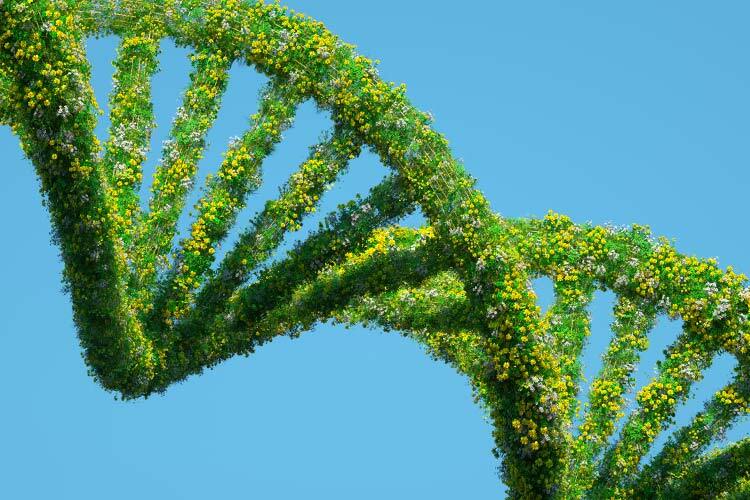As the planet warms due to climate change, plants—rooted in place and unable to flee adverse conditions—activate a wide range of responses to heat stress. A special issue of Science examines how extreme temperatures affect plants across multiple biological scales, from molecules and cells to entire populations, communities, and ecosystems.
The collection of studies reveals that plants have developed a comprehensive “toolkit” for heat resistance, comprising physiological and cellular mechanisms to cool down and repair damage, genetic changes that enable long-term adaptation, and, in some cases, the ability to spread into new, more favorable environments. However, many of these mechanisms remain only partially understood. Their complex interactions make it difficult to predict how ecosystems will respond to future warming.
Photosynthesis—at the core of carbon fixation and primary productivity in most ecosystems—is among the processes most sensitive to heat. High temperatures destabilize proteins involved in this process, reduce energy efficiency, and may trigger oxidative stress. This vulnerability poses a direct threat to the productivity of key crops, such as rice, wheat, and corn.
Temperature shifts also disrupt the intricate relationships between plants and their microbiomes: communities of microorganisms that live in the roots, on the leaves, or in the surrounding soil. These microbes play a vital role in helping plants absorb nutrients and tolerate stress. But as the heat alters their composition and function, plant health can be indirectly compromised.
How Do Plants Resist Climate Change?
One article in this issue, authored by evolutionary biologist Sam Yeaman, explores whether heat-adaptation traits in wild plants could be transferred to agricultural crops. Throughout evolutionary history, plant species have developed a variety of strategies to cope with extreme conditions—from shifting flowering schedules to improving water-use efficiency.
Thanks to advances in genomics and gene editing—such as CRISPR-Cas9—scientists can now identify and potentially modify specific genes tied to heat tolerance. However, many of these traits are highly polygenic: they’re controlled by dozens or even hundreds of genes, which makes targeted editing a complex task. In this context, wild species represent a valuable genetic reservoir, offering adaptive variants that could supplement the limited diversity of modern crops.
One promising approach involves studying cases of “repeated adaptation,” meaning genes that show signs of positive selection for heat resistance in multiple, independent species. A recent comparative study involving 25 plant species identified common patterns in genes associated with flowering regulation and heat stress response.
Still, many adaptations appear to be unique or rarely shared between species, indicating a high level of genetic redundancy—where different genes can produce similar outcomes. While this diversity complicates gene-editing efforts, it also offers clues as to which traits may be best suited for traditional breeding or genomic selection programs.
Farming in an Unpredictable Climate
Improving crop genetics will be crucial for agricultural adaptation—but it won’t be enough on its own. According to Yeaman, the pace of climate change is likely to outstrip the adaptive capacity of even the most resilient plant varieties. That’s why he advocates for a multi-pronged strategy that combines biotechnology, biodiversity conservation, changes in agricultural practices, and new policy frameworks for land and crop management.
“The natural world offers an immense library of evolutionary solutions,” says Yeaman. “Understanding how plants have historically dealt with heat stress can help us design more resilient crops—and preserve the ecosystems that support us.”
One of the major challenges is that heat responses don’t always scale predictably. A mechanism that works well at the cellular level might not translate into visible growth benefits, and the sum of individual plant adaptations doesn’t always guarantee ecosystem stability. Interactions with other species—such as pollinators, fungi, or bacteria—also play a crucial role.
Understanding this complexity will be essential to forecast the impacts of global warming on vegetation, crop yields, and food security. As the editorial that opens this special issue puts it: “With our food systems and ecosystems on the line, now is the time to examine how plants are coping with rising heat.” (AGENCIA SINC)


















